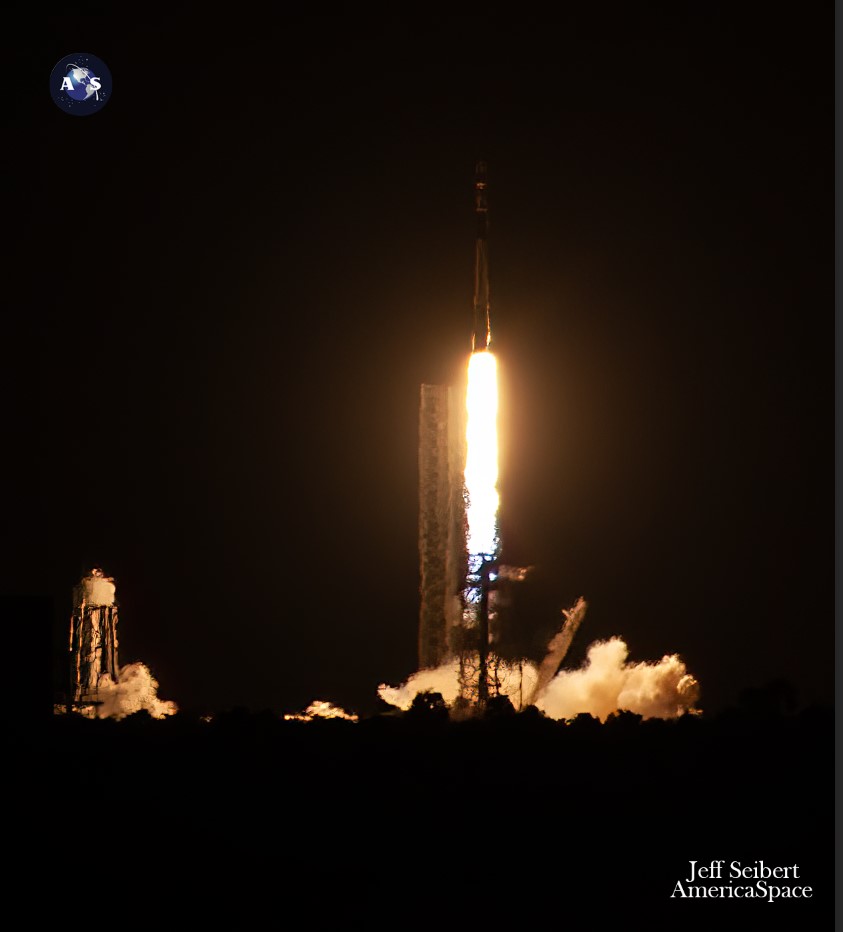
SpaceX has passed its sixth consecutive nine-launch month, following a pair of back-to-back Falcon 9 missions from the East and West Coasts of the United States on Sunday evening. Two veteran boosters which together now boast 27 launches between them took flight less than five hours apart—the first from historic Pad 39A at the Kennedy Space Center’s (KSC) in Florida at 8:10 p.m. EST, the second from Space Launch Complex (SLC)-4E at Vandenberg Space Force Base, Calif., at 9:57 p.m. PST—carrying dozens more Starlinks to expand SpaceX’s on-orbit internet communications network to well north of 5,800 of these flat-packed satellites launched since May 2019.
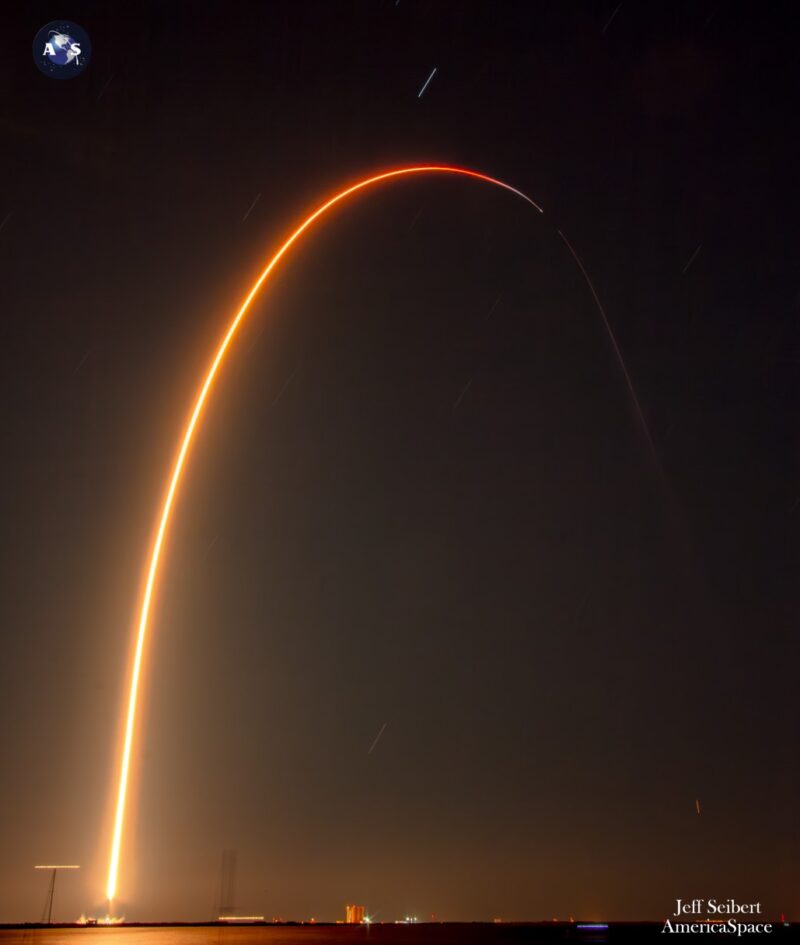
Sunday night’s post-sunset drama kicked off on the Space Coast, where the 17-times-flown B1062 stood primed to become only the third Falcon 9 to reach an 18th mission. And with her life-leading Vandenberg sister B1061, the pair now sit jointly as the most flight-experienced boosters in active service following last month’s untimely loss of historic B1058 after her successful (though ultimately ill-fated) 19th mission.
Laden with 23 Starlink satellites, totaling 40,600 pounds (18,400 kilograms), this opening mission of the evening targeted a group of T-0 points stretched across an expansive “launch window” that ran from 6:15 p.m. EST through 9:55 p.m. EST, with backup options on Monday from 5:39 p.m. EST. It was the eighth Falcon 9 mission of January, following on the heels of the launches of Sweden’s Ovzon-3 geostationary broadband satellite, five prior Starlink flights and the in-progress Ax-3 voyage of Dragon Freedom and her multi-national crew of former NASA astronaut Mike Lopez-Alegria, Italy’s Walter Villadei, Alper Gezeravcı—the first national space traveler from Türkiye—and Sweden’s Marcus Wandt to the International Space Station (ISS).
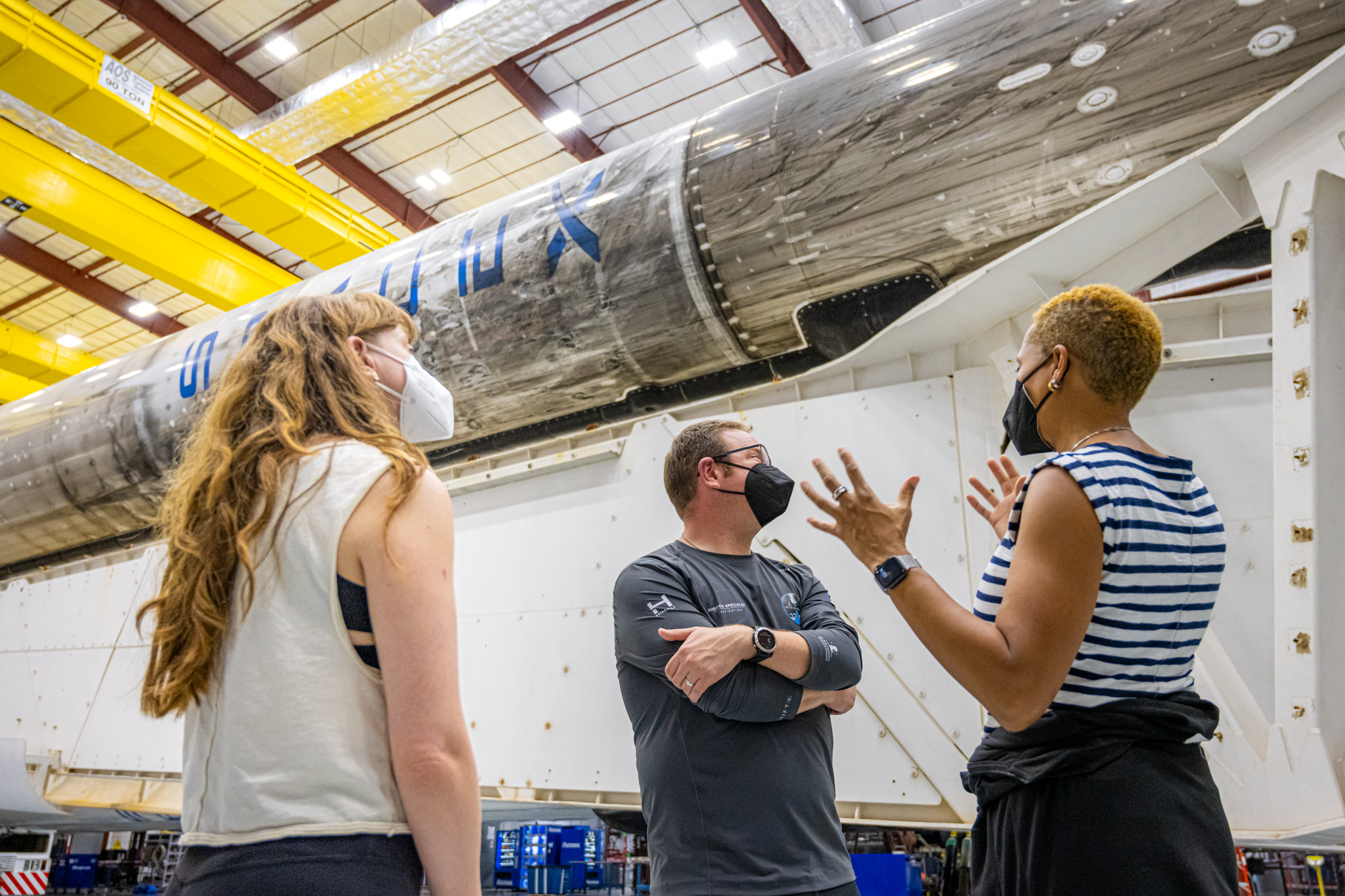
B1062 rose from Pad 39A in a stunning on-time spectacle of fire and fury about halfway through Sunday night’s window at 8:10 p.m. EST, the glare of her nine Merlin 1D+ engines turning the Florida sky instantaneously back into daylight. Two and a half minutes into ascent, the core stage separated from the stack and returned to a pinpoint landing on the deck of the Autonomous Spaceport Drone Ship (ASDS), “A Shortfall of Gravitas”, situated offshore in the Atlantic Ocean.
Meanwhile, the single Merlin 1D+ Vacuum engine of the rocket’s second stage ignited for a six-minute “burn” to deliver the 23 Starlinks into orbit. Deployment was confirmed about 62 minutes after liftoff.
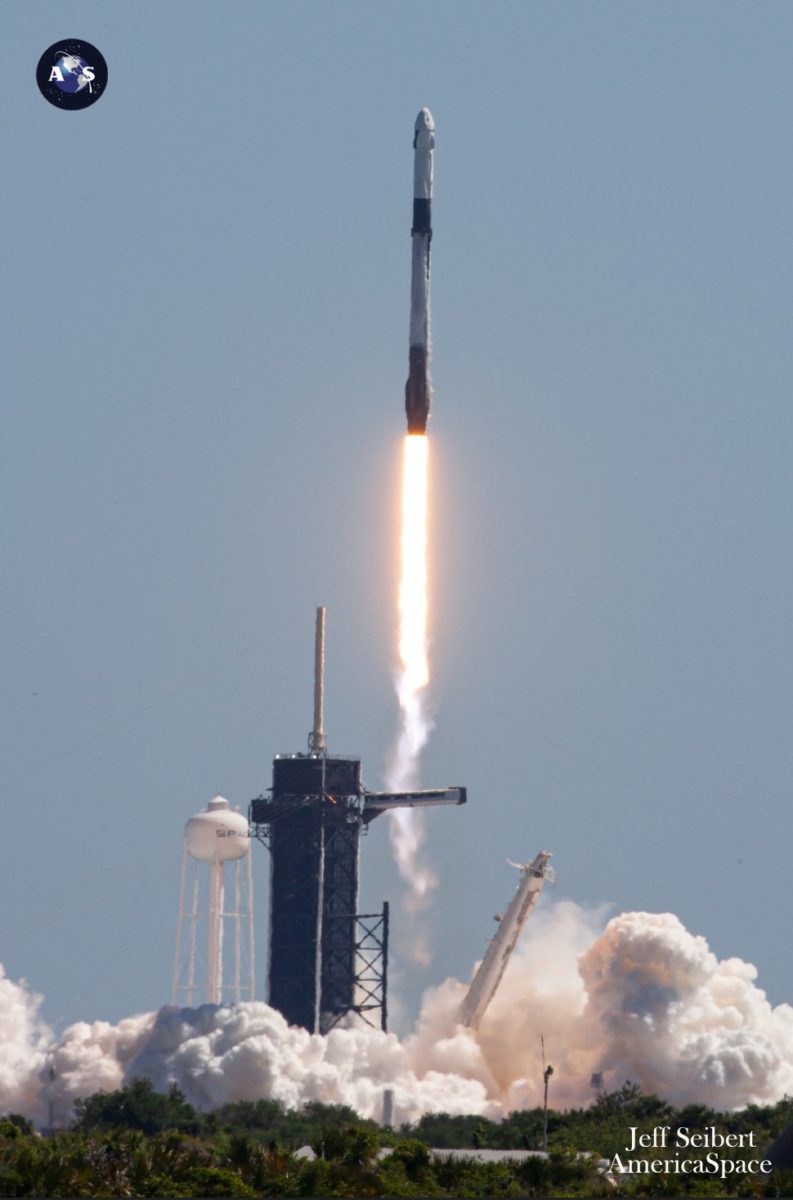
Attention then shifted west and the first time that SpaceX has flown as many as four times out of Vandenberg in a single calendar month. First used by SpaceX for Falcon 9 operations back in September 2013, mountain-ringed SLC-4E enjoyed its first dual-mission month in February 2022 then saw three flights for the first time in April of last year.
Across more than a full decade of operational service, 64 Falcon 9 missions have now been executed from the West Coast using 16 boosters, including a pair of brand-new cores that entered the fleet in January 2023 and earlier this month. Flight cadence has improved rapidly, climbing from a single launch in 2013 to five annual missions by 2017, six in 2018, 13 by the close of 2022 and 28 at the end of last year.
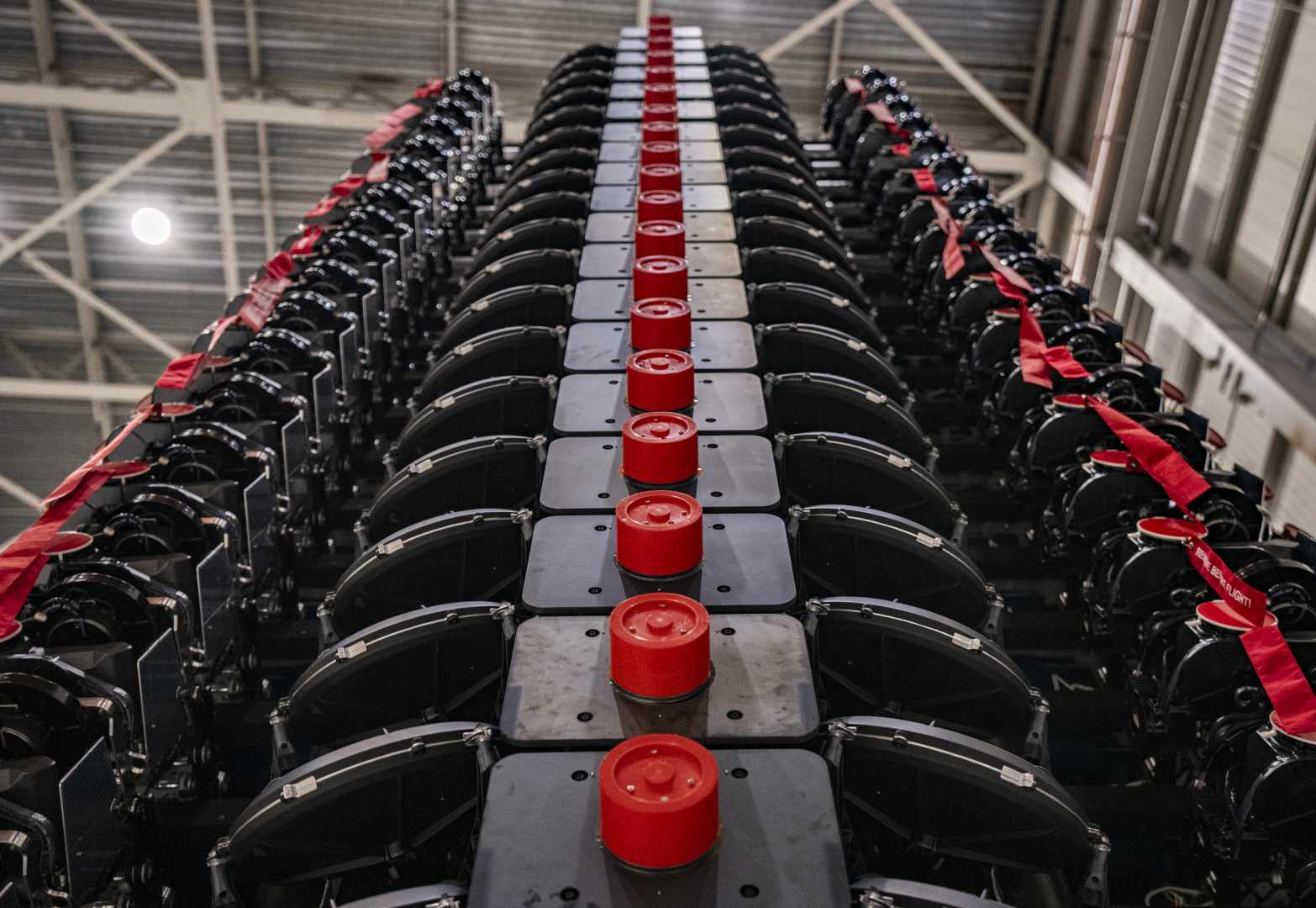
Thirty-four missions since September 2021 put nearly 1,200 Starlinks into orbit while a further nine between January 2017 and last May delivered dozens of Iridium NEXT global mobile communications satellites into space. Added to that list are three multi-payload Transporter “stacks”, six Earth observation, radar-imaging and ocean altimetry satellites, two pairs of classified missions for the National Reconnaissance Office (NRO) and Space Development Agency (SDA) and NASA’s Double Asteroid Redirection Test (DART) to investigate the asteroid Didymos and impact its tiny companion, Dimorphos.
Flying last night’s mission was B1075, making her ninth launch having entered the Vandenberg fleet a year ago. Liftoff occurred at 9:57 p.m. PST—less than five hours after its East Coast predecessor, a new launch-to-launch third-best placeholder—and transported 22 more Starlinks into orbit.
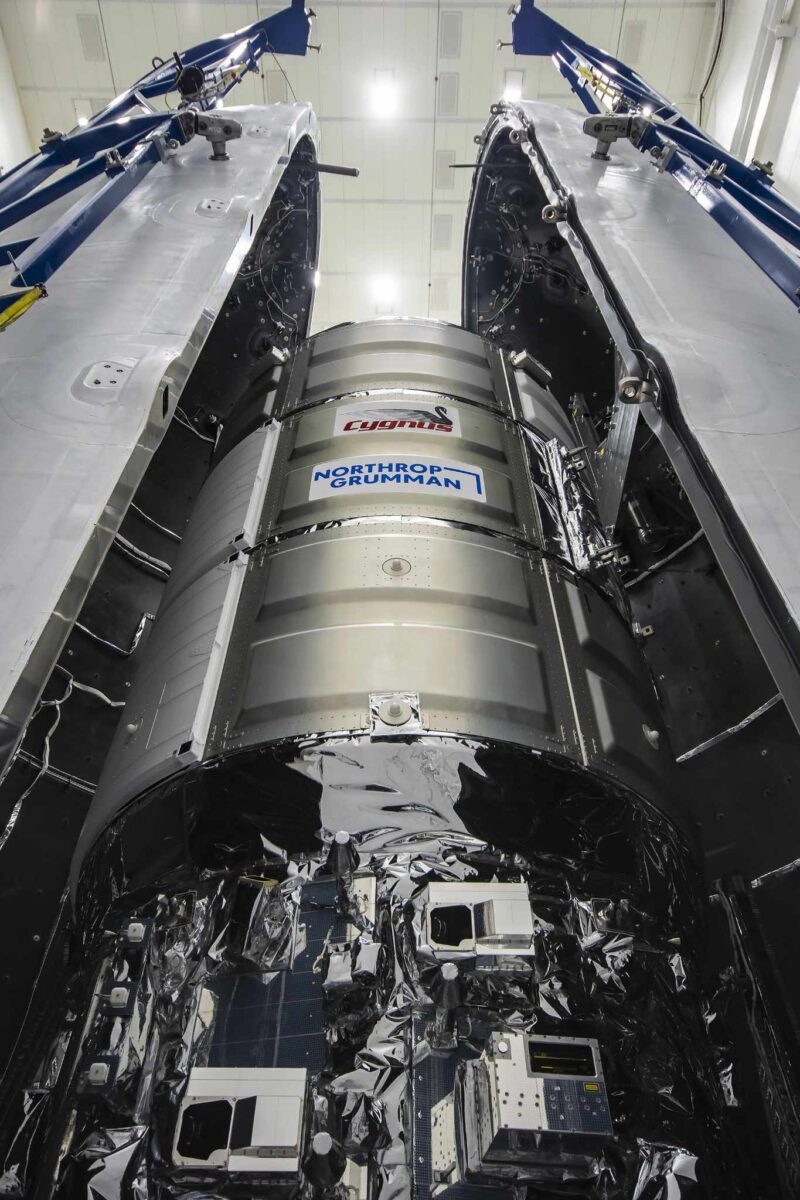
“A flash of color and liftoff of Falcon 9,” SpaceX tweeted on X, after the live feed disappointingly halted shortly before T-0. Deployment was scheduled about 62 minutes into the flight.
Meanwhile, B1075 returned to a perfect landing on the deck of the West Coast-based drone ship, “Of Course I Still Love You”. Interestingly, both drone ships for both missions—ASOG in Florida, OCISLY in California—had put to sea within hours of one another last Friday, the former out of Port Canaveral, the other from Port of Long Beach.
But January looks set to become SpaceX’s first-ever ten-launch month, achieving a flight cadence of a mission every three days or so. Wrapping up the first month of 2024 will be the nine-times-flown B1077 core, which is now set to rise from storied Space Launch Complex (SLC)-40 at Cape Canaveral Space Force Station, Fla., during an “instantaneous” T-0 at 12:07 p.m. EST Tuesday, having been postponed from Monday.
As previously outlined by AmericaSpace, B1077’s mission will see a Northrop Grumman Corp. Cygnus cargo ship ride a Falcon 9 for the first time. Additional rework on the bullet-like payload fairing to aid accessibility of personnel to “late-load” time-critical cargo items aboard Cygnus triggered a 24-hour launch delay from 12:29 p.m. EST Monday.
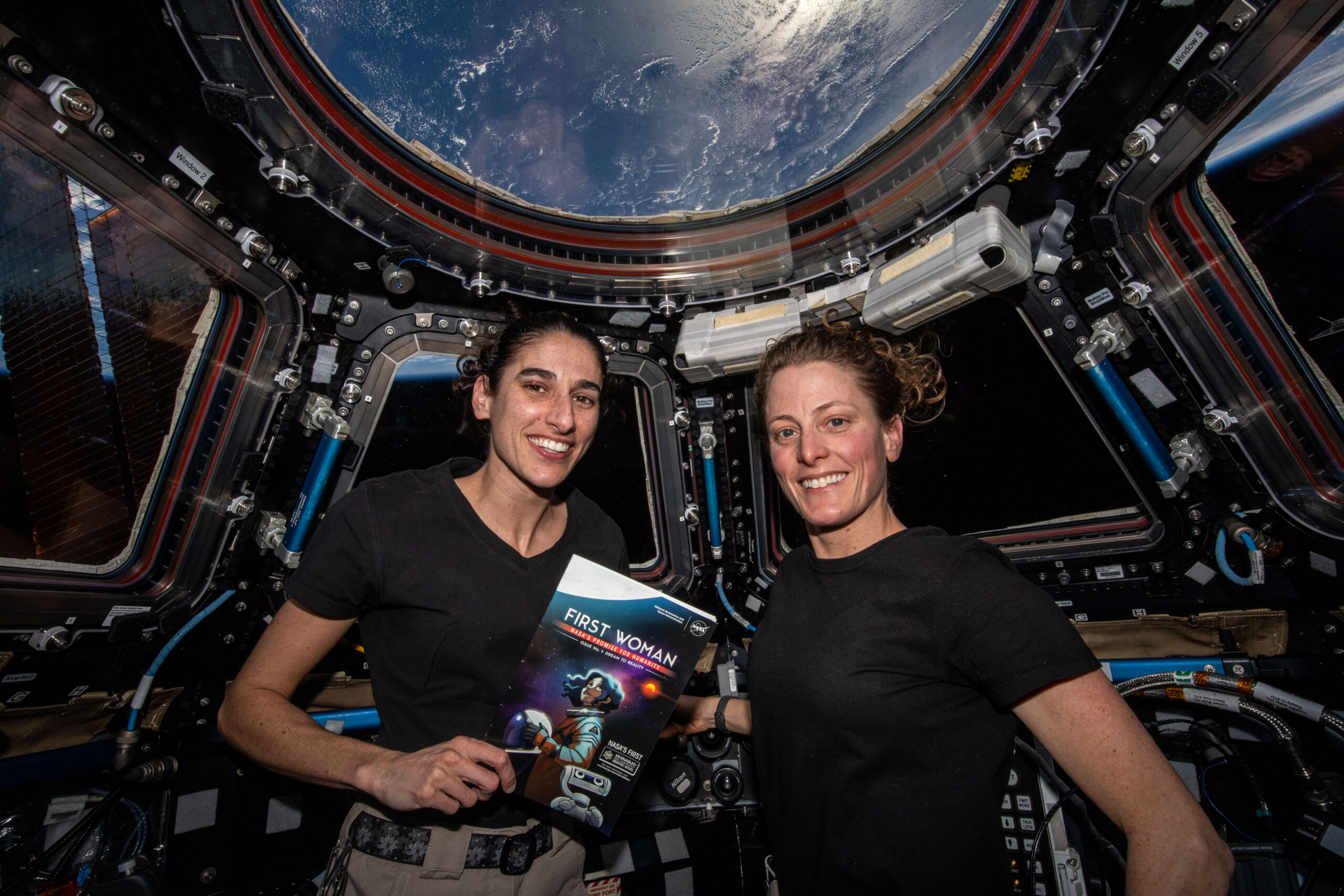
Designated “NG-20” and named in honor of NASA astronaut, physician, flight instructor and space medicine fellow Dr. Patricia “Patty” Hilliard-Robertson (1963-2001), Cygnus is filled with over 8,200 pounds (3,700 kilograms) of equipment, payloads and supplies for the International Space Station (ISS). That figure includes 2,490 pounds (1,129 kilograms) of crew supplies, 3,017 pounds (1,369 kilograms) of scientific investigations, 35 pounds (16 kilograms) of Extravehicular Activity (EVA) equipment, 2,493 pounds (1,131 kilograms) of vehicle hardware and 149 pounds (67 kilograms) of vehicle hardware.
Following tomorrow’s launch, NG-20 will spend about 40 hours and 27 Earth orbits in autonomous transit to the ISS before arriving at the space station early Wednesday morning. It will be robotically captured by the 57.7-foot-long (17.6-meter) Canadarm2—under the watchful supervision of Expedition 70 astronauts Jasmin Moghbeli and Loral O’Hara—at about 4:15 a.m. EST, before ground teams remotely command the arm to berth the cargo ship onto the Earth-facing (or “nadir”) port of the Unity node for a three-month-plus stay.
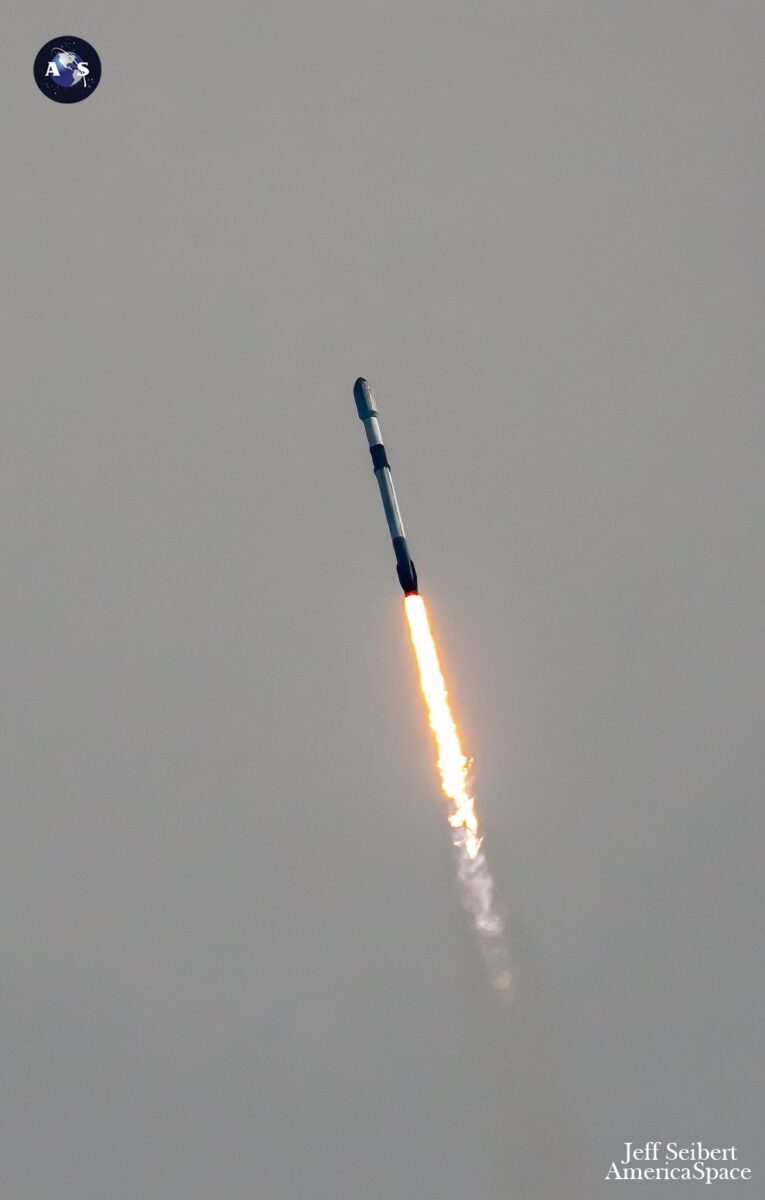
Ten launches in a single calendar month—a flight rate of a mission every 3.1 days—is close to where SpaceX needs to be in order to achieve its oft-stated goal of up to 144 flights before the next New Year’s Eve bell tolls. Record-breaking 2023, which saw 96 launches by “single-stick” Falcon 9s and triple-barreled Falcon Heavies, flew a mission roughly every 3.8 days, although monthly rates hovered between six flights last February and as many as nine flights for each consecutive month since August.
Attaining nine or ten monthly launches positions SpaceX favorably to hit between 108 and 120 missions this year. But judging from prior years, which saw monthly launch rates climb rapidly—from two in September 2014 to three in June 2017, then four in November 2020, five in December 2021, before springing with breakneck pace through six and seven in April and December of 2022 and more recently to eight and nine for the first time in March and August of last year—it remains to be seen how substantially the Hawthorne, Calif.-headquartered organization might continue to push the envelope before the close of 2024.






4 Comments
Leave a Reply4 Pings & Trackbacks
Pingback:After Daylong Delay, NG-20 Cygnus Launches, Heads to Space Station - AmericaSpace
Pingback:After Daylong Delay, NG-20 Cygnus Launches, Heads to Space Station - SPACERFIT
Pingback:SpaceX Launches, Lands Falcon 9, Wraps Up 25th Mission of Year - SPACERFIT
Pingback:SpaceX Targets Three Back-to-Back Falcon 9 Launches Tonight - SPACERFIT